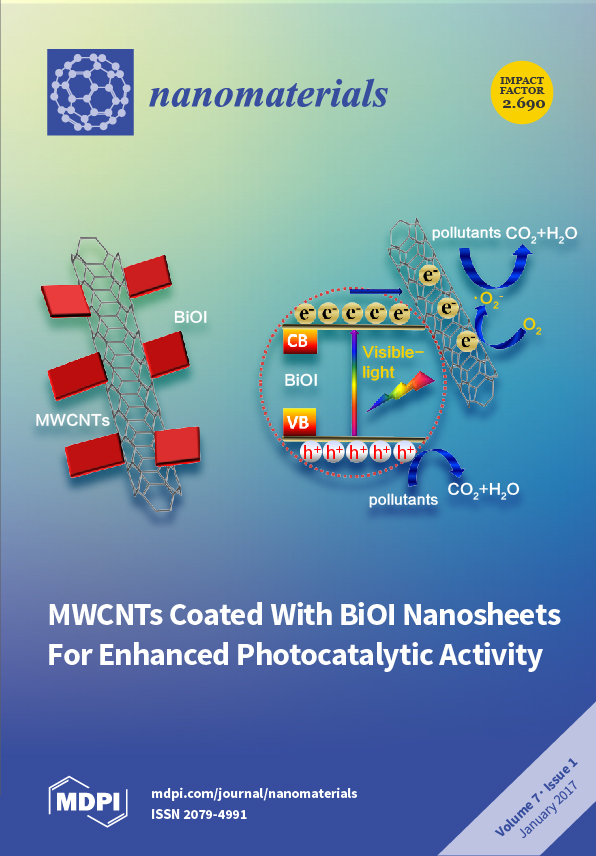Structural, mechanical, electronic properties, and stability of boron nitride (BN) in
Pnma structure were studied using first-principles calculations by Cambridge Serial Total Energy Package (CASTEP) plane-wave code, and the calculations were performed with the local density approximation and generalized gradient approximation in the
[...] Read more.
Structural, mechanical, electronic properties, and stability of boron nitride (BN) in
Pnma structure were studied using first-principles calculations by Cambridge Serial Total Energy Package (CASTEP) plane-wave code, and the calculations were performed with the local density approximation and generalized gradient approximation in the form of Perdew–Burke–Ernzerhof. This BN, called
Pnma-BN, contains four boron atoms and four nitrogen atoms buckled through
sp3-hybridized bonds in an orthorhombic symmetry unit cell with Space group of
Pnma.
Pnma-BN is energetically stable, mechanically stable, and dynamically stable at ambient pressure and high pressure. The calculated Pugh ratio and Poisson’s ratio revealed that
Pnma-BN is brittle, and
Pnma-BN is found to turn brittle to ductile (~94 GPa) in this pressure range. It shows a higher mechanical anisotropy in Poisson’s ratio, shear modulus, Young’s modulus, and the universal elastic anisotropy index
AU. Band structure calculations indicate that
Pnma-BN is an insulator with indirect band gap of 7.18 eV. The most extraordinary thing is that the band gap increases first and then decreases with the increase of pressure from 0 to 60 GPa, and from 60 to 100 GPa, the band gap increases first and then decreases again.
Full article






